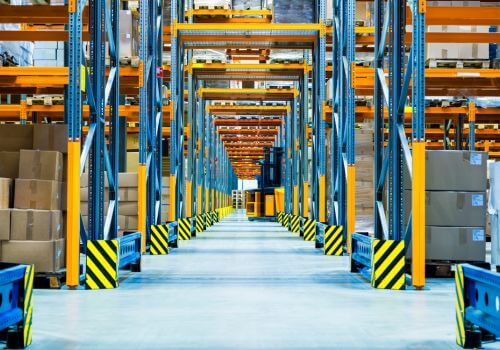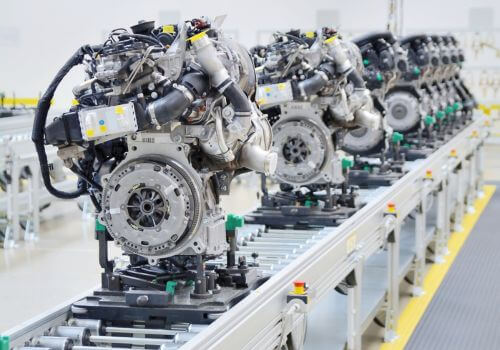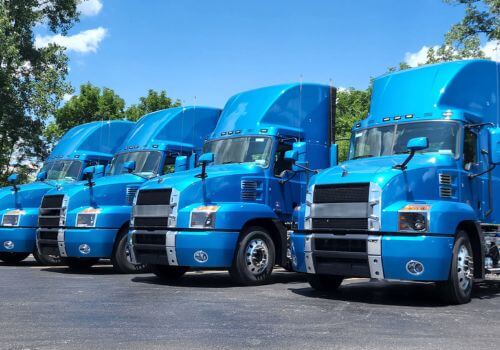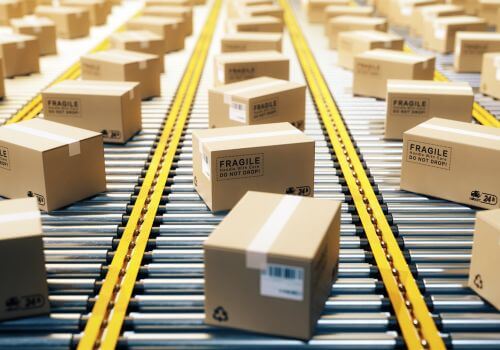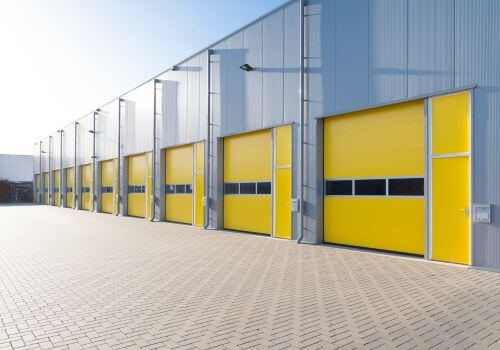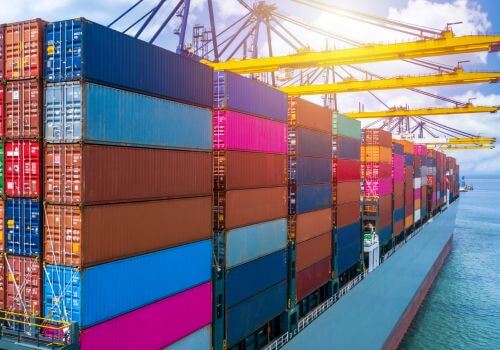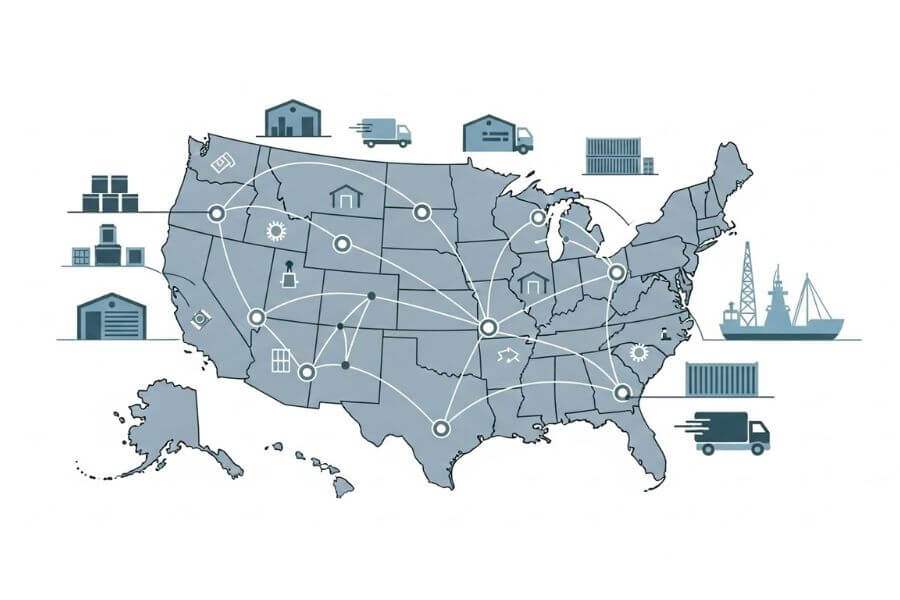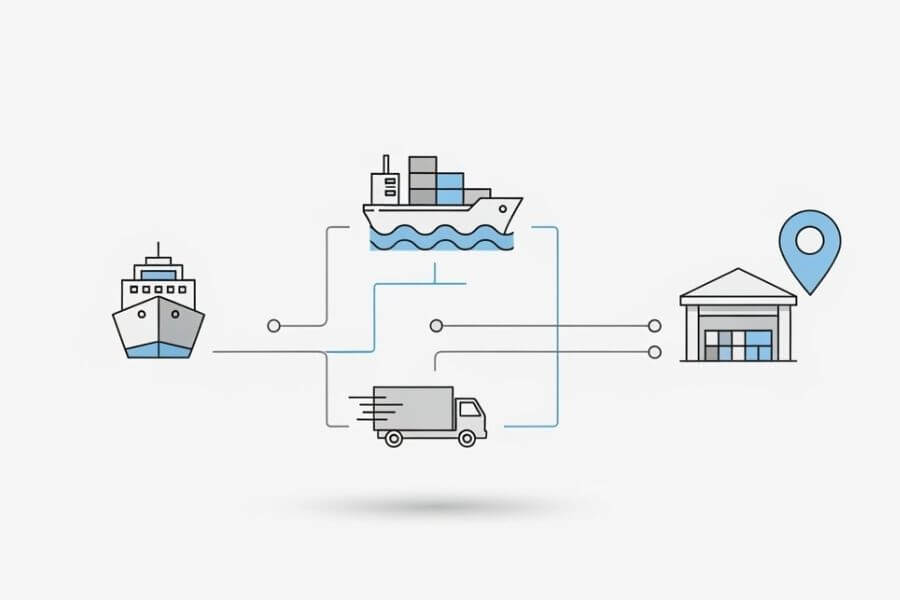In the era defined by rapid technological advancements, the intersection of the Internet of Things (IoT) and supply chain management has emerged as a transformative force. The integration of IoT technology into supply chain operations has brought about paradigm shifts, redefining efficiency, visibility, and collaboration. This article takes an in-depth look into how IoT is reimagining the very foundations of supply chain management.
IoT's Role in Reshaping the Supply Chain Landscape
At its core, IoT involves connecting devices and objects to the internet, enabling seamless data exchange and communication. When applied to the intricacies of supply chain management, IoT gives rise to an interconnected ecosystem of devices, sensors, and systems that work in harmony to collect, analyze, and share real-time data.
- Real-Time Visibility and Tracking: A cornerstone of IoT’s influence on the supply chain is the establishment of real-time visibility and tracking. Through the deployment of IoT-enabled sensors affixed to shipments, enterprises gain live insights into critical variables such as location, temperature, humidity, and even shocks experienced during transit. This real-time transparency empowers stakeholders to detect and address potential issues promptly, minimizing losses and safeguarding product quality.
- Predictive Analytics and Demand Forecasting: IoT’s treasure trove of data forms the foundation for predictive analytics, revolutionizing demand forecasting. Leveraging data encompassing consumption patterns, seasonal fluctuations, and consumer preferences, supply chain managers can make data-driven decisions about production volumes, inventory levels, and distribution strategies. Consequently, the menace of overstocking or stockouts can be mitigated through informed decision-making.
- Condition Monitoring and Maintenance: The integration of IoT sensors into machinery and equipment paves the way for real-time condition monitoring. By analyzing performance metrics derived from IoT-generated data, supply chain managers are empowered to predict maintenance requirements, minimize downtime, and optimize the lifecycle of assets. This approach transcends mere operational efficiency, culminating in long-term cost savings.
- Efficient Inventory Management: IoT-driven inventory management systems provide a panoramic view of stock levels in real time. This vantage point serves as a safeguard against stockouts, and concurrently, it mitigates the occurrence of surplus inventory. The result is an ecosystem of cost savings and heightened efficiency, with every element of the supply chain in perfect sync.
- Enhanced Supplier Collaboration: IoT’s interconnectivity fosters seamless communication between suppliers and manufacturers. By creating a conduit for real-time data exchange, suppliers can stay attuned to the demand for raw materials and components, ensuring timely replenishment and alleviating production disruptions.
- Compliance and Traceability: The traceability and compliance aspects of the supply chain gain newfound robustness through IoT’s integration. By meticulously recording and tracking the journey of products through the supply chain, industries with stringent regulations, such as pharmaceuticals and food, can ensure adherence to standards.
- Supply Chain Optimization: Leveraging insights derived from IoT data, supply chain managers can unravel inefficiencies and bottlenecks. Through route optimization, idle time minimization, and process streamlining, organizations can curtail operational expenditures while simultaneously enhancing delivery speed.
Challenges and Considerations
While IoT offers transformative benefits to the supply chain, there are challenges to consider. These include data security, privacy concerns, integration complexities, and the initial investment required to implement IoT systems.
Conclusion: A Connected Future
IoT’s integration into supply chain management has opened up a realm of possibilities, revolutionizing the way goods are produced, transported, and delivered. From real-time tracking to predictive analytics, IoT empowers supply chain professionals with actionable insights to make informed decisions. As technology continues to evolve, the collaboration between IoT and the supply chain promises to drive innovation, efficiency, and responsiveness to unprecedented levels. Embracing IoT is not just a choice; it’s a strategic imperative for businesses aiming to stay competitive in an increasingly interconnected world.


